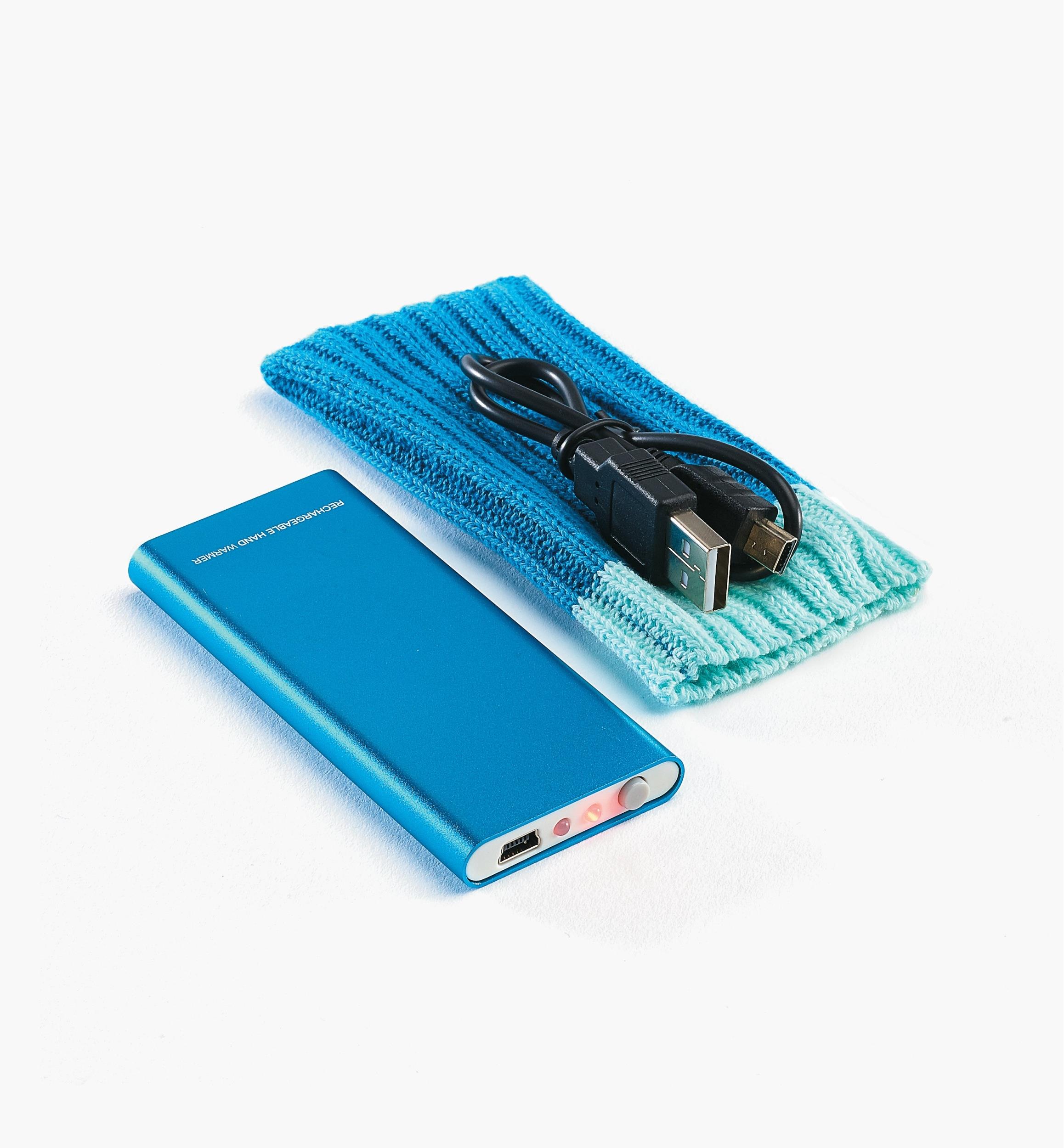|
|
|||||||||||||||||||||||||||||||
ShoppingWhen you think of shopping what do you think of? Fashion? Well it is true, many people do think of fashion shopping. But Lilith Press already has a section for Fashion. No, the focus of this section will be everything else people shop for plus fashion too. This means shopping for cars, shopping for insurance, shopping for real estate, cell phones, bicycles, pet clothing, furniture, and even shopping around for banks for storing your money in. Product reviews, shopping tips, marketing, advertising in the retail market - or even in the real estate market. One part economics, one part product reviews, one part shopping addiction. And now if you will excuse me, I am going shopping for chocolate.
Sincerely,
Let's Go Shopping!
A Comprehensive Guide on Shopping for Home InsuranceBy Chaz G. T. Patto - June 2023. When it comes to protecting your most valuable asset—your home—it's crucial to secure a comprehensive insurance policy. Home insurance provides financial coverage in the event of unforeseen damages, disasters, or theft. However, navigating the complex landscape of home insurance can be overwhelming. This article aims to provide you with a detailed guide on shopping for home insurance, empowering you to make informed decisions and find the policy that best suits your needs. Understand Your Needs Before delving into the process of shopping for home insurance, it's essential to assess your specific requirements. Consider the following factors:
Research Insurance Providers With a clear understanding of your requirements, it's time to research insurance providers. Consider the following steps:
Understand Policy Coverage Insurance policies can be complex, so it's crucial to thoroughly understand the coverage and any exclusions. Pay attention to the following aspects:
Evaluate Customer Service and Claims Process The quality of customer service and the claims process are critical factors in choosing a home insurance provider. Consider the following:
Discounts and Bundling Options Insurance providers often offer various discounts to help reduce premiums. Explore the following possibilities:
Review and Update Your Policy Regularly Once you've chosen a policy, periodically review and update it to ensure it aligns with any changes in your home, belongings, or coverage needs. Major life events, home renovations, or purchasing high-value items may necessitate adjustments to your policy. Research Here are a series of articles on the topic you should read so you learn more about the subject:
Final Thoughts Shopping for home insurance requires thoughtful consideration of your specific needs, diligent research of insurance providers, and a comprehensive understanding of policy coverage. By following the steps outlined in this guide, you can make informed decisions and secure the right insurance policy to protect your home and possessions effectively. Remember to regularly review and update your policy to ensure it remains adequate and aligned with your changing circumstances.
|
|
||||||||||||||||||||||||||||||
|
Lee Valley Rechargable Hand Warmer
$25 For the low price of $25, the Lee Valley Rechargable Hand Warmer sounds like a great Xmas Gift / stocking stuffer. It is an electric hand warmer which can be recharged using a standard micro USB cord, the type of cord that typically comes with your cellphone. (Unless you support Apple products, in which case then good luck finding a compatible cord.) The product description says it "provides hours of warmth", but in actual testing of this product it only worked for about 90 minutes before running out of juice. So not hourS. 1 hour plus an extra 30 minutes. Couldn't even make it to the 2 hour mark. Once it is empty it then needs to be recharged, a process that according to the product description take 2.5 hours. So it charges for 2.5 hours, but only provides 1.5 hours of heat. Not very inspiring. Kind of a dud in our opinion. However it is probably still more economical than buying chemical hand warmers which don't last much longer and end up clogging up landfills afterwards and polluting with their chemicals. So how about this for a review: "Better than what else is out there, but needs improvement." Just buy a really thick pair of mittens for $25. Old school mittens will often beat a gadget in practicality.
Obese Shoppers Are Discriminated in Stores: Study
Do store sales clerks discriminate against obese customers? The short answer, and one that most plus-sized shoppers will verify, is yes. While sales personnel did not overtly discriminate against obese shoppers, they did discriminate in more subtle interpersonal ways. Sales people treat overweight customers with more respect if they think they are trying to control their weight. A study by Rice University researchers showed that while sales personnel did not overtly discriminate against obese shoppers, they did discriminate in more subtle interpersonal ways, such as avoiding eye contact, rudeness, or hurrying the sale. However, the researchers found that those attitudes were mitigated by whether sales personnel thought the customer was concerned about her size and working to lose weight. "Sales clerks expressed less prejudice when women who appeared obese were attempting to control their weight through diet and exercise than when they did not,” said Eden King, a doctoral candidate in industrial and organizational psychology at Rice. They also found a bottom line effect to this kind of biased behavior that should grab the attention of sales organizations: overweight shoppers who feel they have been the victims of discrimination tend to spend less money and, in many cases, are unlikely to shop at those stores again. King and her fellow researchers, Jenessa Shapiro, Sarah Singletary, Stacey Turner and adviser Dr. Mikki Hebl, an associate professor of psychology at Rice, tested their theories in a major Houston shopping mall. They will be presenting their research findings at the annual conference of the Society for Industrial and Organizational Psychology April 15-17 in Los Angeles. The study has won SIOP’s John C. Flanagan Award as the most outstanding student contribution to the conference. The researchers used average-weight women who in some cases carried out sales transactions as they normally appeared; at other times they wore padding that made them look to be overweight. Observers accompanied the shoppers and evaluated the interactions with the sales clerks. The subjects also had tape recorders running in their purses, which King says is legal in Texas. "We taped the encounters because we wanted to study the tone and inflections of the sales clerks, which can indicate signs of discrimination in addition to the ones that can be observed," she said. In addition, the shoppers were professionally dressed when they entered some stores and at other times wore casual clothing. The treatment of obese-appearing professionally dressed women did not differ from the average-weight women but the reaction towards overweight casually dressed shoppers was noticeable. "They definitely received the greatest amount of interpersonal discrimination," said King. In another phase of the study, the researchers introduced the element of controllability. In half the interactions, the customers carried an ice cream drink into the store and while talking to salespeople made it clear they were not trying to lose weight. In other transactions, the shoppers had a diet drink and mentioned they were on a diet and were exercising to lose weight. "We wanted to see if there was any difference in the way overweight shoppers were treated based upon the perception that they were trying to control their weight," King explained. And indeed there was. The obese customers with the diet drinks were treated more respectfully. "One explanation," noted King, "is that perhaps the sales representatives blamed the ice-cream eating shoppers, who claimed to have no interest in losing weight, for their obesity." To determine the potential financial impact of interpersonal discrimination, they surveyed nearly 200 shoppers, being sure to include obese as well as average sized women. The results were quite clear, King noted. “Shoppers who felt they were slighted by sales personnel indicated they spent less money in the store. Also, the greater the extent to which customers perceived they were the victims of interpersonal discrimination, which included a general sense of hostility and unfriendliness, the less likely they were to plan to return to that store.” While organizations have paid attention to the formal signs of discrimination of all types, the undertones of biased thinking do exist, especially for obese people, and can result in a loss of business. “So there are financial reasons for salespeople and their supervisors to limit the expression of prejudice in customer service interactions. Given the increasing incidence of obesity in American culture and the associated buying power of such individuals, it is critical for sales organizations to react,” said King. “These organizations need to not only train their sales people to avoid blatant discrimination, but also the subtle forms which are not easily seen or documented, but which are noticeable to obese customers and may affect their patronage of those businesses,” she added.
Comprehensive Guide to Shopping for Hearing Aids in Ontario
By Chaz G. T. Patto - June 2023. Shopping for hearing aids can be a significant investment in your hearing health and overall well-being. To ensure you make an informed decision and find the right hearing aids for your needs, consider the following comprehensive guide when shopping for hearing aids in Ontario:
Remember, choosing the right hearing aids is a personal decision based on individual requirements. Take advantage of professional guidance, conduct thorough research, and ask questions to make the best choice for your hearing health.
Website Design + SEO by designSEO.ca ~ Owned + Edited by Suzanne MacNevin |
|||||||||||||||||||||||||||||||

